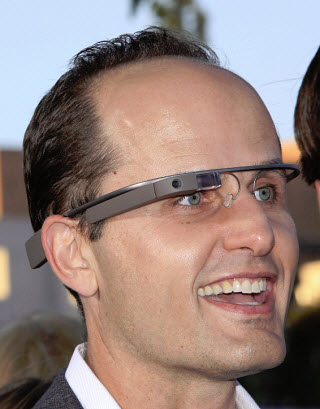A new trendy watchphone has been developed by Ukrainian startup.
Smartwatches are quickly becoming a trend, but one of the problems with this unique style of device is that if a wearer wants to make a phone call, often they need to take out their phone to make a call, but .klatz is aiming to solve that issue with its watchphone device.
Some may find this wearable technology to be more convenient than current watches on the market.
The .klatz is not actually a watch in the traditional sense. Rather, it is stiff aluminum bracelet. It does not have a standard watch face and flexible strap. The main reason is when the cuff is unfastened it can be held to the ear and become a phone.
Due to the fact that the wearable is a stiff bracelet, this may be off putting for some people, particularly those who were not happy with other devices with stiff shapes like Nike+ Fuelband, for instance. However, the one aspect that is in the .klatz’s favor is that it is available in four sizes. Therefore, consumers should have an easier time finding the right device to fit their wrist.
The gadget is available in two colors: black and red.
Like other smartwatch designs the .klatz can be paired with a mobile phone.
Currently, the device can be paired with an Android smartphone or iPhone. The company also has future plans for it to be paired with Windows Phone.
In order to activate the watch, a user merely has to glance at the screen and the time will be shown on the 384 LEDs that form the display. Other than telling the time and being able to flip it open so it can be held to the ear to talk, the device can also receive message notifications, track the wearer’s activity and gives them the power to control their music.
While the device is not waterproof, only splash and dust proof, its battery is larger than many smartwatches. The company claims that its 600mAh power pack can last for up to 10 days of standby time when compared to other smartwatches, like Samsungs Gear 2’s 300mAH battery or Motorola Moto 360’s 320mAh battery. While it charges on a little stand designed for it, the .klatz turns into a desk or bedside clock.
Currently, the company is seeking $140,000 in crowdfunding for its smartwatch device on Indiegogo. The first of the .klatz gadgets are expected to be delivered in March 2015.

 It is a hot debate among psychiatrists whether internet addiction disorder is connected to conventional devices, such as personal computers and smartphones. Many researchers believe to this day that the effects of the disorder are only symptoms of other psychological problems. In fact, in the 2013 update to the Diagnostic and Statistical Manual of Mental Disorders, it was not included as a clinical diagnosis.
It is a hot debate among psychiatrists whether internet addiction disorder is connected to conventional devices, such as personal computers and smartphones. Many researchers believe to this day that the effects of the disorder are only symptoms of other psychological problems. In fact, in the 2013 update to the Diagnostic and Statistical Manual of Mental Disorders, it was not included as a clinical diagnosis.